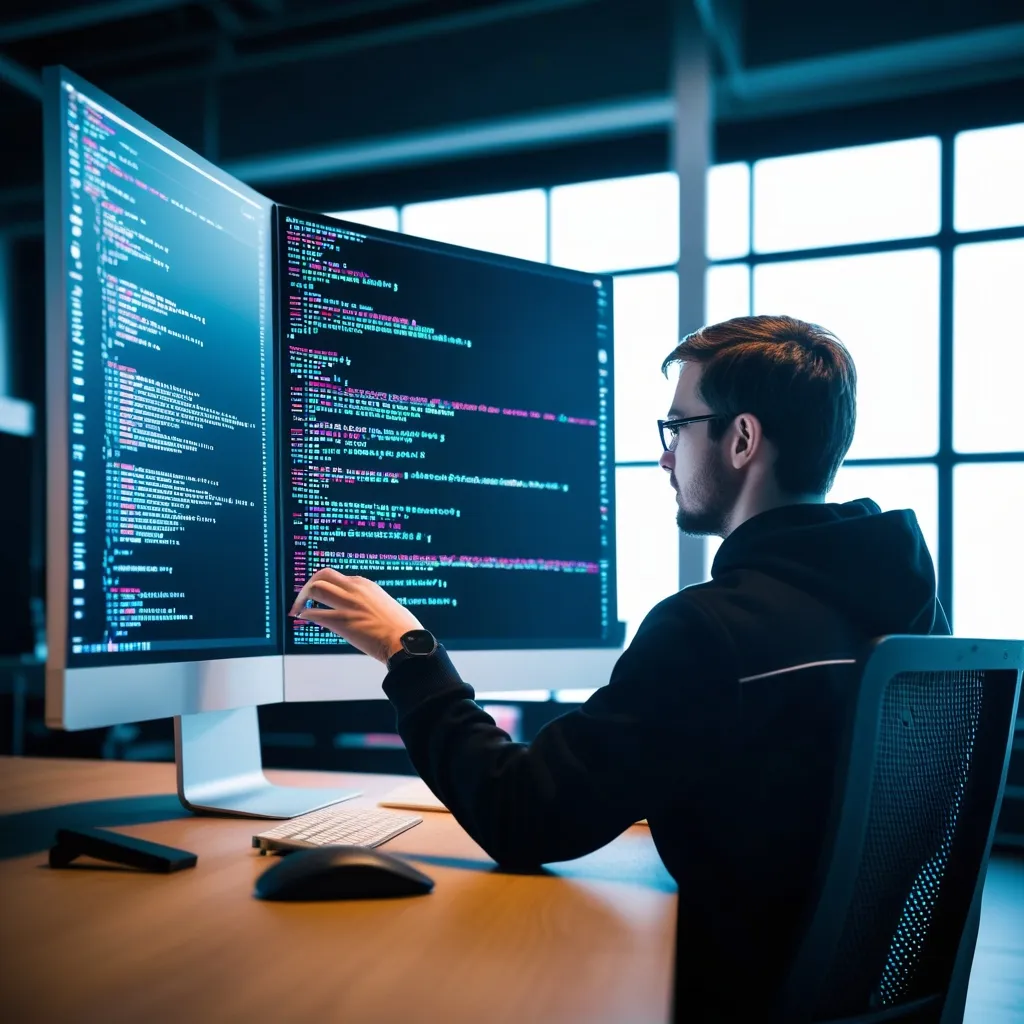Internationalization, or i18n for short, is quite the adventure when you’re trying to take your Express.js app global. It’s not just about slapping some translations on your text; you’re also diving into date formats, currency symbols, and all sorts of locale-specific quirks. Wrapping your head around this can open your app to a wider audience and maybe even boost your market reach. Here’s a laid-back, step-by-step guide to doing just that with i18next.
Starting things off, you need a basic Express.js app. If you don’t have one yet, it’s time to roll up those sleeves and create a new project. Jump into your terminal and type:
mkdir my-i18n-app
cd my-i18n-app
npm init -y
npm install express
Next, you want to whip up an app.js file and set up a basic server. Nothing too fancy, just the essentials:
const express = require('express');
const app = express();
const port = 3000;
app.get('/', (req, res) => {
res.send('Hello World!');
});
app.listen(port, () => {
console.log(`Server running on port ${port}`);
});
With the basics out of the way, it’s time to bring i18next into the picture. This bad boy is a library designed to handle all your translation needs. Go ahead and install the necessary packages:
npm install i18next i18next-express-middleware i18next-node-fs-backend
You’ve got the gear, now let’s set it up. Create a new file named i18n.js to handle the grunt work:
const i18next = require('i18next');
const i18nextMiddleware = require('i18next-http-middleware');
const Backend = require('i18next-node-fs-backend');
i18next
.use(Backend)
.use(i18nextMiddleware.LanguageDetector)
.init({
backend: {
loadPath: './locales/{{lng}}/translation.json',
},
debug: false,
fallbackLng: 'en',
preload: ['en', 'fr'],
});
module.exports = i18next;
Here, i18next-node-fs-backend is loading translations from JSON files stored in your locales directory. The LanguageDetector sniffs out the user’s language, so you don’t have to.
Now, you need to plug this configuration into your Express app. Update app.js like so:
const express = require('express');
const i18next = require('./i18n');
const i18nextMiddleware = require('i18next-http-middleware');
const app = express();
const port = 3000;
app.use(i18nextMiddleware.handle(i18next));
app.get('/', (req, res) => {
const t = req.t;
res.send(t('welcome'));
});
app.listen(port, () => {
console.log(`Server running on port ${port}`);
});
Next up, you need to create the translations. Dive into your project and set up a locales directory to house them. Here’s an example structure:
locales/
├── en/
│ └── translation.json
└── fr/
└── translation.json
For en/translation.json, you might have:
{
"welcome": "Welcome to my i18n app!"
}
For fr/translation.json, it would look like:
{
"welcome": "Bienvenue dans mon application i18n !"
}
With that in place, you can start using translations in your app. Spruce up your routes to pull in translated content. Like this:
app.get('/hello', (req, res) => {
const t = req.t;
res.send(t('hello', { name: 'John' }));
});
Define those placeholders in your translation files. In en/translation.json:
{
"hello": "Hello, {{name}}!"
}
And in fr/translation.json:
{
"hello": "Bonjour, {{name}} !"
}
What about letting users switch languages? Easy peasy. Add a route that updates the language in the session:
app.get('/lang/:lng', (req, res) => {
const lng = req.params.lng;
req.i18n.changeLanguage(lng);
res.redirect('/');
});
Now users can hop between languages seamlessly!
i18next isn’t just a one-trick pony. It has some pretty nifty advanced features, too.
Pluralization, for example, lets you handle different word forms based on object count:
{
"apples": "You have {{count}} apple{{count, plural, one { } other { s }}}."
}
Interpolation is also pretty magical. Use placeholders in translations and replace them with actual values:
{
"greeting": "Hello, {{name}}. You are {{age}} years old."
}
Then in your app, fetch them like so:
app.get('/greeting', (req, res) => {
const t = req.t;
res.send(t('greeting', { name: 'John', age: 30 }));
});
There’s even Caching to speed things up by reducing the number of translation requests. And for those special needs, you can extend i18next with plugins for things like date formatting.
Managing translations can get pretty hairy as your app grows. But with tools like Lokalise, you get a centralized platform to streamline the whole process. Translators won’t have to wrestle over the same files. Plus, you can ensure all necessary translations are present for each language.
Going global is both a challenge and a thrill. By internationalizing your Express.js app using i18next, you’re setting the stage for a wider audience and a richer user experience. Take it one step at a time, and tools like i18next and Lokalise will have your back as you scale.






